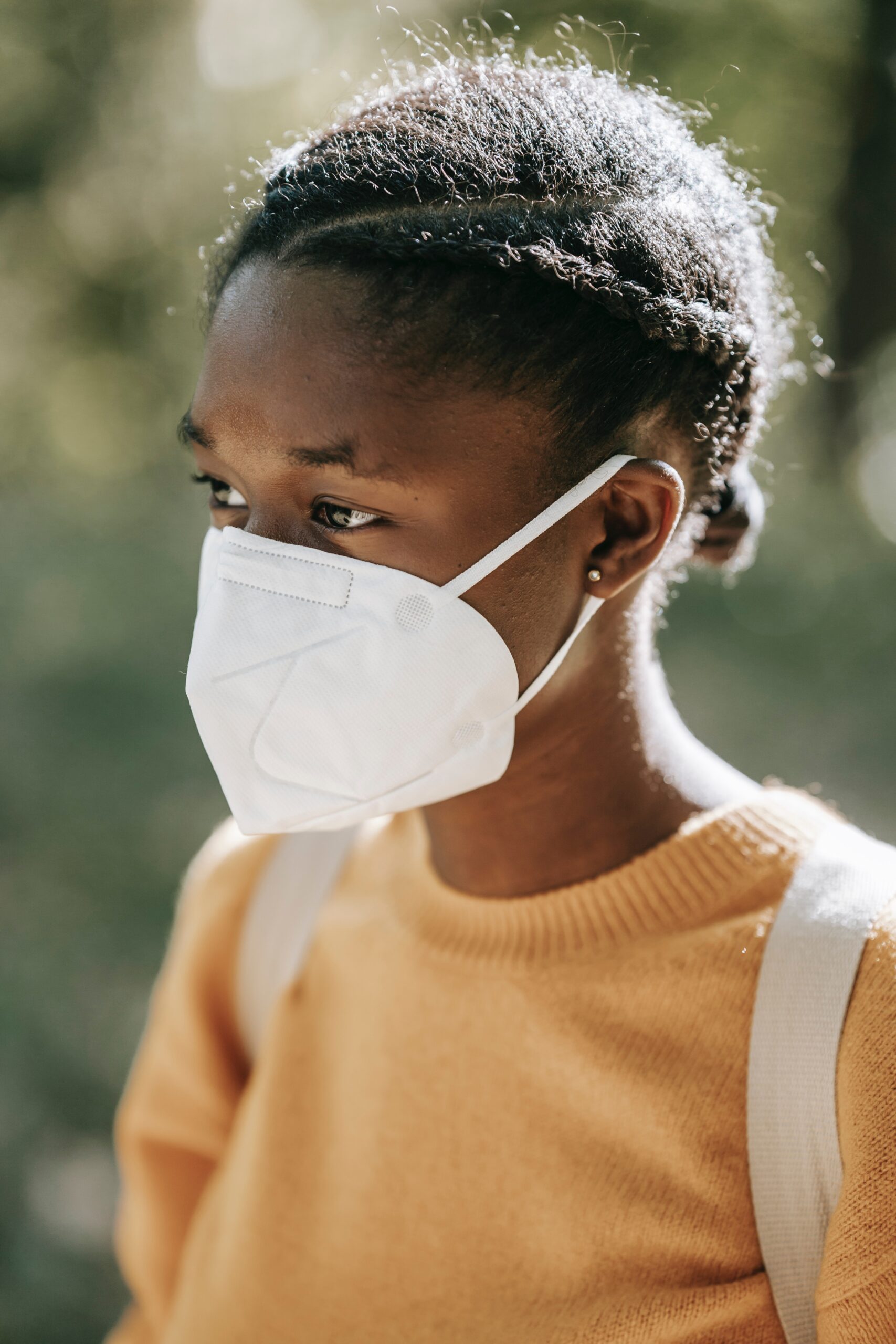
COVID 19 is Gendered
People around the world, of all genders, races and nationalities have been affected by the coronavirus. The virus is highly contagious and has resulted in triggering emergency management protocols and public containment requirements across the province, city, country and world. Canada and Alberta are doing fantastic work in emergency response and have responded quickly and decisively to this rapidly spreading pandemic. The efforts that Canadians and Albertans have made to volunteer and help each other during these difficult times is commendable. The following analysis on the disproportionate impacts of the coronavirus on women does not discount the many other impacts of the virus nor does it aim to criticize emergency response professionals, it simply aims to provide a different perspective not often heard that is incredibly important to our overall success in mitigating the impacts and the spread of the virus.
The virus itself does not discriminate however, our responses to it can and have disproportionately negatively affected women. The impacts of the virus as well as the global responses have gendered consequences. This analysis on the gendered impacts and the pandemic response is focused solely on Canada, however the impacts and responses around the world have been similar and many of the same findings apply.
In order for emergency management responses and public containment requirements to be successful and efficient, it is critically important to consider the needs of all people and how the responses and new requirements could impact all people, including women. If the responses disproportionately affect women (which I argue they do), they will not adequately foresee or mitigate challenges that will arise.
The ways in which the coronavirus has disproportionately impacted women are outlined below. Some of these impacts are solvable and measures can be introduced to mitigate them, others may not be solvable within the scope of emergency management (longer-term structural and societal inequalities) but should still be considered.
- Health care workers are predominately women.
In any health care crisis such as a pandemic, an exorbitant amount of stress is placed on the health care system, especially its front-line workers. The majority of frontline workers in health care are women. The majority of nurse practitioners, nurses of all kinds, nurses aides, health care assistants and home care workers are women.[1] These are the people on the front lines of the fight against the virus. They are the ones testing people, screening people, triaging people, the first point of contact when entering a hospital, as well as the ones primarily in charge of caring for those that are infected at the hospital or at home (public health nurses).
- School closures and caregiving responsibilities.
Caregiving responsibilities lie disproportionately with women, whether that be for the elderly or children. With the mandatory closing of schools, memes and schedules have been shared across social media platforms outlining daily home-schooling schedules for parents to do with their children at home. However, if you are a mother that works full-time, you are now being required to also work from home. Since most child responsibilities still lie with women in our country, women are now expected to work full-time from home while also adequately home schooling their children during this time. This will surely impact women more during their next workplace performance review as they have been expected to meet these unrealistic demands.
To link both point one and two together, many women that work in the health care industry are not able to work from home and are required to work longer hours and under more dangerous conditions during pandemics. The jobs are often shiftwork resulting in these workers not being able to stay home with their children when daycares and schools have closed. This leaves childcare either to the partner of the women, friends, a relative (if they happen to live nearby) or to grandparents (if they happen to live nearby, however, this also places them at greater risk of infection).
- Elderly caregiving responsibilities.
Women are also responsible for the majority of elder care, such as caring for aging parents. Women are significantly more likely than men to report having spent 20 hours or more per week providing care. According to a Vanier Institute of the Family Report on Women, Caregiving and Work in Canada, an estimated 72% of women caregivers aged 45 to 65 in Canada are also employed. Women reported experiencing a variety of employment impacts as a result of their caregiving responsibilities: 30% reported missing at least one full day of work; 6.4% retired early, quit or lost their paid job; and 4.7% turned down a job offer or promotion. Estimates show that women caregivers in Canada lost an aggregated $221 million in wages annually between 2003 and 2008 due to absenteeism, reducing work hours or leaving employment entirely.[2] It is also important to note that studies have shown that ethnic minority caregivers provide more care than their white counterparts and report worse physical health than white caregivers (McCann et al, 2000).
Also, if people over the age of 60 contract the coronavirus, they are at a greater risk of mortality. The virus can have a greater negative impact on the elderly and those with pre-existing health issues. These individuals need greater care and attention during these times from their caregivers, who will need to self-isolate themselves.
- Limited groceries and supplies available.
In times of crisis, people tend to hoard food and necessary supplies (hand sanitizer, cleaning supplies, toilet paper, canned food, etc…). Lower income individuals of all demographic groups are not able to afford buying items like food and necessary supplies in large quantities. Food banks across Canada have also begun to close due to virus mitigation. Among primary shoppers for multi-person households, 70% are female. Lower income folks, namely single mothers and women (also due to pay inequality) who tend to shop for their entire family, cannot then access these necessary supplies in times of crisis. There have been many examples of women with physical disabilities or senior women needing to buy groceries and not being able to due to the crowds.
- Job security and economic instability.
Women tend to have less economic security than men. Women tend to have lower incomes (can be due to pay inequality and caregiving responsibilities) and less stable employment which results in greater job insecurity during times of crisis. When the public is being asked to work from home or self-isolate, women are at risk of losing their jobs.
- Social Distancing and violence against women.
One common strategy to contain the coronavirus across the globe has been to initiate social distancing and self-isolation. Since the virus is incredibly contagious, the social distancing and self-isolation recommendations are intended to merely control the speed at which the virus will inevitably spread. Self-isolation can result in an increase in danger for women. Alberta has one of the highest rates of intimate partner violence in the country. This greater isolation traps women with their abusers. These policies allow the abusers to control the movement and daily activities of women even more. The women (survivors) that are in these situations are unable to leave the house or access help from other public services such as libraries, recreation centres, regular doctors, etc…
Social distancing can have detrimental effects on intimate partner violence and family violence but during times of crisis or economic instability, violence against women increases. The social distancing policies combined with a lack of public services available and the lack of adequate spaces in shelters (if they remain open) and an already overwhelmed health care system, increases the vulnerability of women.
- The majority of seniors are women.
Women live longer than men on average and residents of care homes are predominately women. These elderly women often have pre-existing health conditions and are already at a greater risk of contracting the virus. Being isolated in a care home which has implemented a strict ‘no visitors’ policy impacts women disproportionately.
All of these impacts outlined above are further exacerbated for indigenous women, trans women, new immigrant women, racialized women, women with disabilities, etc… If the pandemic continues to escalate in Canada and a state of emergency is formally declared, it will grant the federal government greater power to institute additional controls in order to mitigate the virus.
Our existing policies and responses have traditionally only been designed for men which results in disproportionate negative impacts to women. Women in all of their diversity have very different needs than men in emergency preparedness, response and relief. Let’s ensure that the government and decision-makers recognize these differences and begin implementing measures to mitigate these additional negative impacts on women.
Marcie Hawranik
Founder & President, Canadian Equality Consulting
[1]Canadian Institute for Health Information. Nursing in Canada Data Table. 2018 Link: https://www.cihi.ca/sites/default/files/document/nursing-in-canada-2018-data-tables-en-web.xlsx
[2] Vanier Institute for the Family. Report on Women, Caregiving and Work in Canada. 2017. Link.

